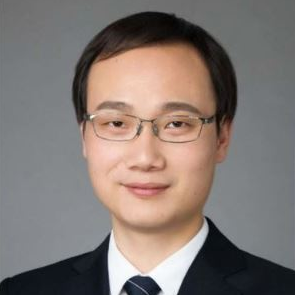Rational Design and Application of Functional Hydrogels
A special issue of International Journal of Molecular Sciences (ISSN 1422-0067). This special issue belongs to the section "Materials Science".
Deadline for manuscript submissions: 31 August 2024 | Viewed by 11902
Special Issue Editors
Interests: hydrogels; biomimetic nanomaterials; peptide self-assembly; biomechanics; molecular engineering
Special Issues, Collections and Topics in MDPI journals
Interests: protein; peptide; hydrogel; single molecule; mechanical properties; self-assembly; force spectroscopy; biomaterials
Special Issues, Collections and Topics in MDPI journals
Special Issue Information
Dear Colleagues,
As the superstar of attractive soft materials, hydrogels have been developed and widely studied for the last decades. Due to the advantages of high water contents, tunable mechanical properties and excellent biocompatibility, hydrogels are materials choice for many biomedical applications, such as synthetic extracellular matrix (ECM) for cell culture, synthetic tissues, regenerative medicine and drug delivery. Recently, hydrogel materials were further endowed with more abundant functions including strain sensors, biomedical actuators and soft robotics. In order to achieve the various functionality, the building blocks of the hydrogels, as well as the hydrogel network, need to be designed and fabricated accordingly, following the principle of bottom-up which means that the design and structure of bottom molecules may significantly determine the bulk properties.
The goal of this Special Issue is to focus attention on the rational design and functionalization of hydrogels. We invite to contributions of reviews and/or original papers reporting new results about the building blocks design, network design and functional design of hydrogels as well as the applications in the field including cell culture, tissue engineering, interfacial adhesion, flexible electronics and so on. Hydrogels formed using various building blocks such as polymers, peptides, proteins, DNA/RNA and composites of them were all acceptable. Manuscripts that address recent advances in the design principle of hydrogels with special properties and approaches to endow hydrogels with new functions are especially welcome.
Dr. Bin Xue
Dr. Yi Cao
Guest Editors
Manuscript Submission Information
Manuscripts should be submitted online at www.mdpi.com by registering and logging in to this website. Once you are registered, click here to go to the submission form. Manuscripts can be submitted until the deadline. All submissions that pass pre-check are peer-reviewed. Accepted papers will be published continuously in the journal (as soon as accepted) and will be listed together on the special issue website. Research articles, review articles as well as short communications are invited. For planned papers, a title and short abstract (about 100 words) can be sent to the Editorial Office for announcement on this website.
Submitted manuscripts should not have been published previously, nor be under consideration for publication elsewhere (except conference proceedings papers). All manuscripts are thoroughly refereed through a single-blind peer-review process. A guide for authors and other relevant information for submission of manuscripts is available on the Instructions for Authors page. International Journal of Molecular Sciences is an international peer-reviewed open access semimonthly journal published by MDPI.
Please visit the Instructions for Authors page before submitting a manuscript. There is an Article Processing Charge (APC) for publication in this open access journal. For details about the APC please see here. Submitted papers should be well formatted and use good English. Authors may use MDPI's English editing service prior to publication or during author revisions.
Keywords
- hydrogel network
- mechanical property
- material engineering
- biomedical engineering
- soft actuator
- biosensing
- tissue engineering







